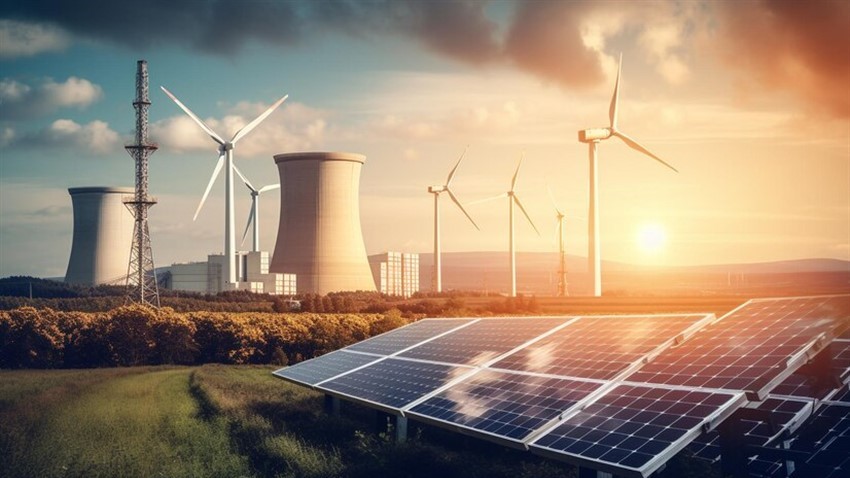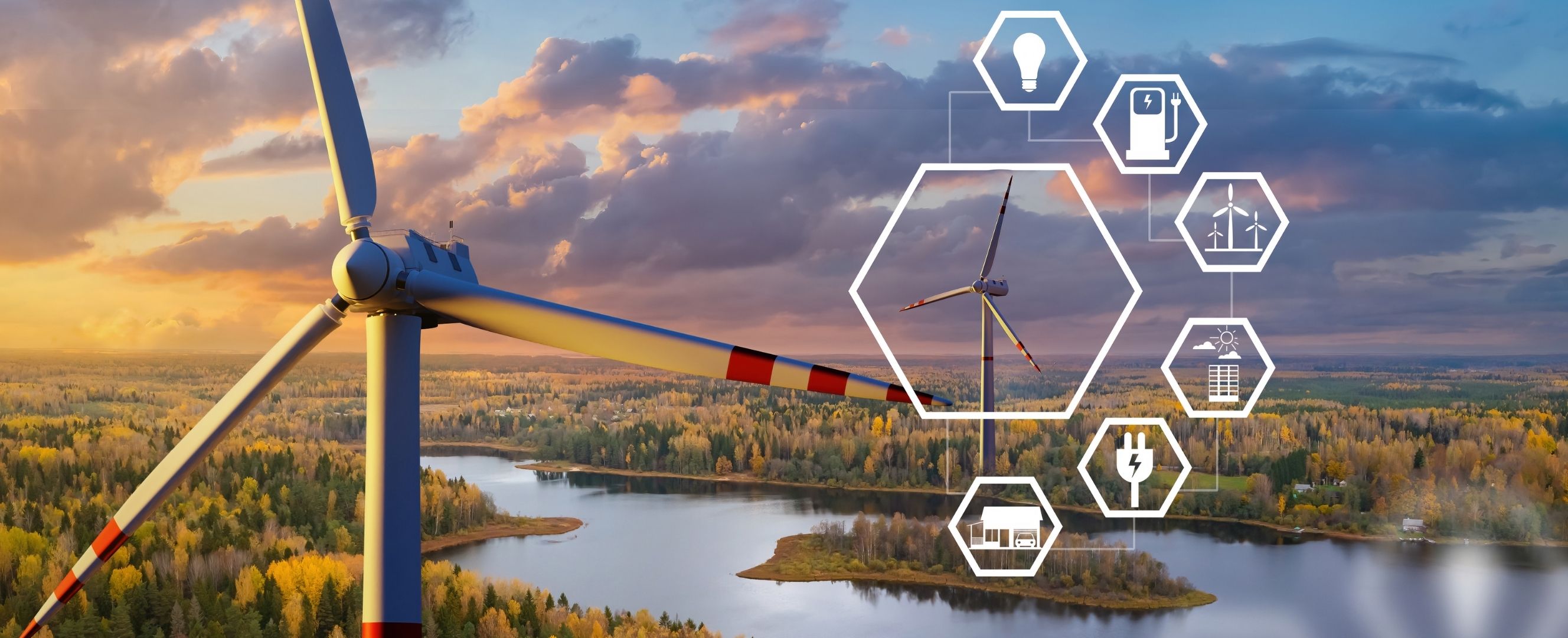Wind power has evolved from the simplistic windmills of the past to become a pivotal player in the landscape of greentech in the United States. As we delve into the historical evolution of wind power, it becomes evident that the journey has been marked by significant technological advancements, leading to its current status as a sustainable and efficient energy source.
Historical Evolution of Wind Power
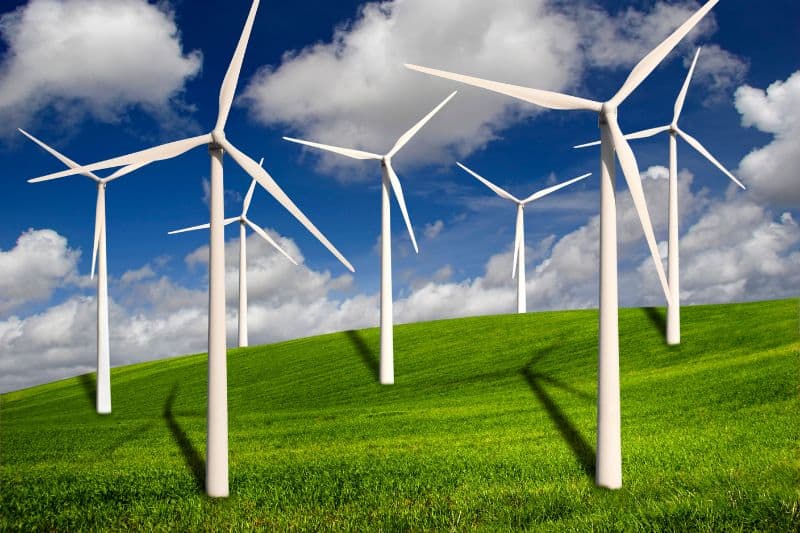
Early Windmills
Windmills, dating back centuries, were the predecessors of modern wind turbines. Used for grinding grain or pumping water, these simple structures laid the foundation for harnessing wind energy.
Technological Advancements
The late 19th and early 20th centuries witnessed significant technological leaps, with the development of more sophisticated wind turbines. These innovations paved the way for the widespread adoption of wind power.
Growth of Wind Energy in the USA
In recent decades, the USA has seen exponential growth in wind energy production. This growth is attributed to advancements in turbine technology, increased efficiency, and a growing awareness of the environmental benefits of wind power.
Harnessing Wind Power: The Technology Behind It
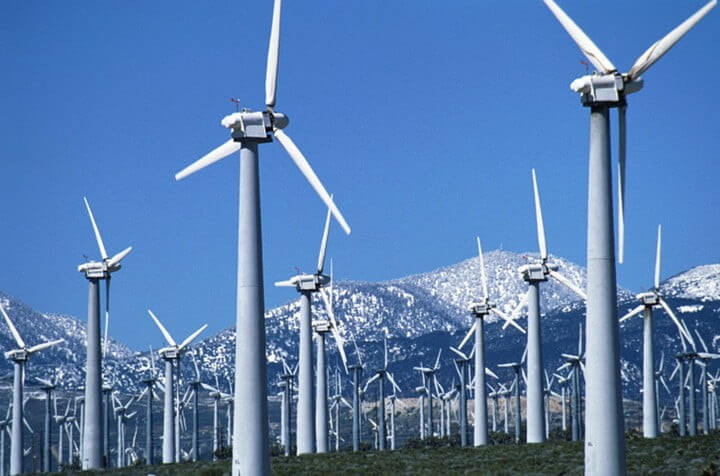
Types of Wind Turbines
Modern wind turbines come in various designs, including horizontal-axis and vertical-axis turbines. Understanding these designs is crucial in maximizing energy production and addressing specific geographical challenges.
Components and Functionality
A deep dive into the components of a wind turbine reveals the intricate engineering involved. From rotor blades to gearboxes, each part plays a crucial role in converting wind energy into electricity.
Efficiency Improvements
Ongoing research focuses on enhancing the efficiency of wind turbines. Innovations in materials, design, and control systems contribute to higher energy yields and cost-effectiveness.
Wind Power Potential in the USA
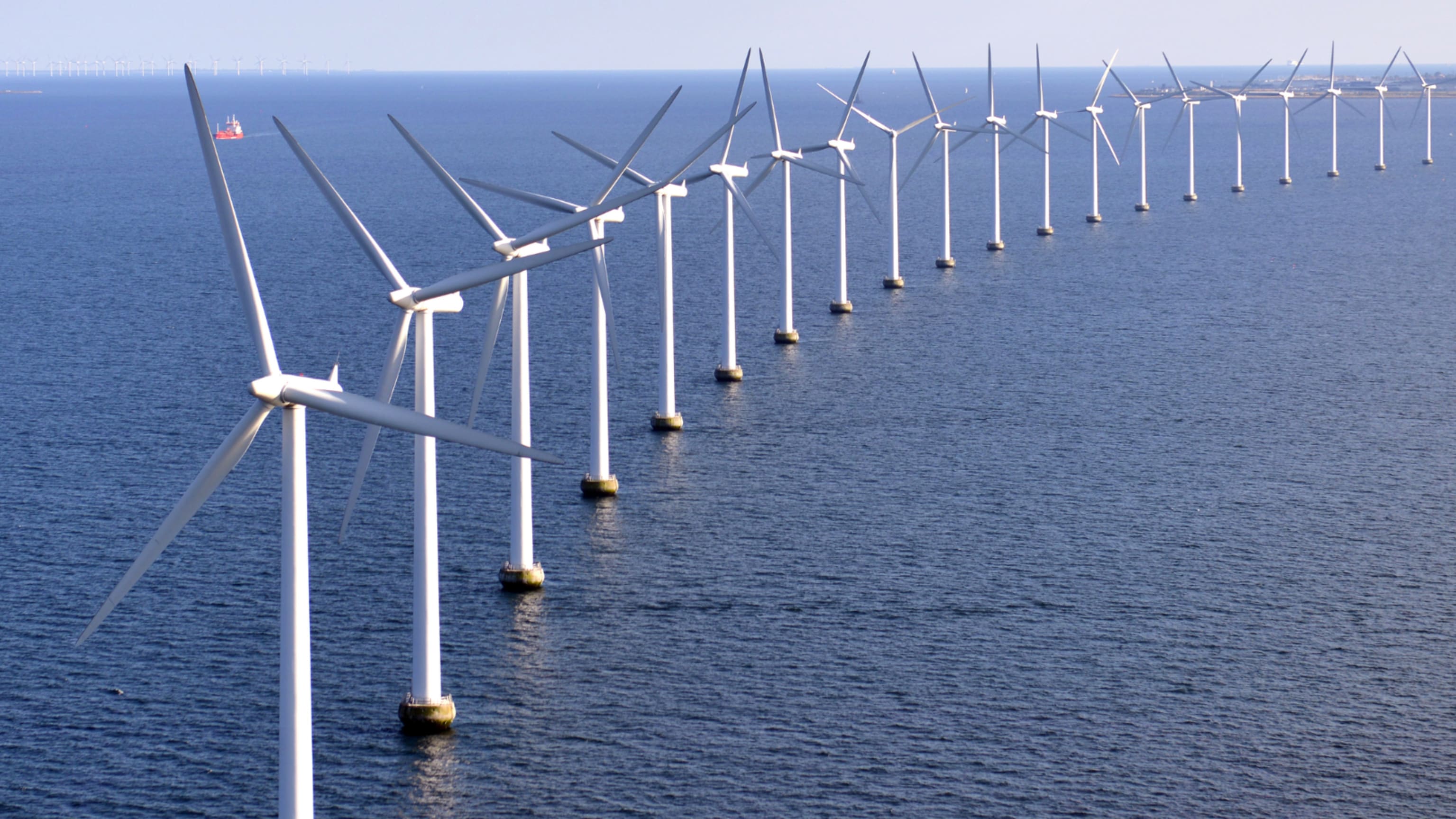
Geographic Distribution
The USA boasts diverse geographical features, providing ample opportunities for harnessing wind power. Understanding the regional variations in wind patterns is essential for strategic placement of wind farms.
Comparative Advantages
Comparing wind power to other renewable sources highlights its reliability and consistency. Wind energy has the potential to complement solar power, creating a balanced and resilient green energy infrastructure.
Potential for Expansion
Despite the current success, there is untapped potential for further expansion. Strategic planning, investment, and technological advancements can unlock additional capacity, making wind power a dominant force in the energy landscape.
Environmental Impact
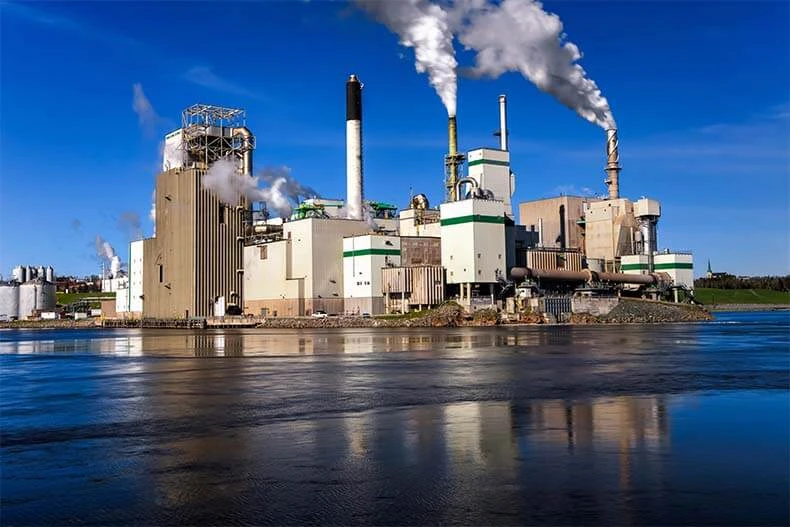
Benefits of Wind Power
The environmental benefits of wind power are significant. Reduced greenhouse gas emissions, decreased reliance on fossil fuels, and minimal water usage position wind energy as a key player in the fight against climate change.
Addressing Concerns
While wind power brings substantial advantages, addressing concerns such as visual impact, noise, and impact on wildlife is crucial. Ongoing research aims to mitigate these challenges without compromising the sustainability of wind energy.
Sustainability Measures
Implementing sustainable practices in the production, installation, and decommissioning of wind turbines ensures a holistic approach to greentech. From recyclable materials to eco-friendly construction processes, sustainability is at the forefront of wind power initiatives.
Government Initiatives and Policies

Federal Support
Government support at the federal level has played a pivotal role in the growth of wind power. Incentives, tax credits, and research funding have created a favorable environment for the industry to thrive.
State-Level Incentives
Beyond federal support, individual states have implemented their own incentives and policies, further propelling the adoption of wind energy. This decentralized approach allows for tailored solutions to regional challenges.
Regulatory Frameworks
Clear and supportive regulatory frameworks provide stability for investors and developers. Striking the right balance between promoting growth and ensuring environmental responsibility is crucial for the sustained success of wind power.
Challenges and Solutions

Grid Integration Challenges
Integrating wind power into existing energy grids presents challenges, including intermittency and variability. Smart grid technologies and energy storage solutions are pivotal in overcoming these obstacles.
Technological Limitations
Despite advancements, there are still technological limitations to address. Research and development efforts focus on increasing efficiency, reducing costs, and making wind power accessible in various terrains.
Innovative Solutions
Innovation is the key to overcoming challenges. From AI-driven forecasting to advanced materials, embracing cutting-edge solutions ensures the continued success and growth of wind power.
Economic Aspects

Cost-Effectiveness
As technology advances, the cost of wind power has become increasingly competitive. The economic viability of wind energy positions it as a cost-effective alternative to traditional energy sources.
Economic Benefits for Local Communities
Beyond job creation, wind power projects contribute to the economic development of local communities. Revenue from land leases, property taxes, and community benefit agreements enhance the overall well-being of areas hosting wind farms.
Community Engagement and Awareness
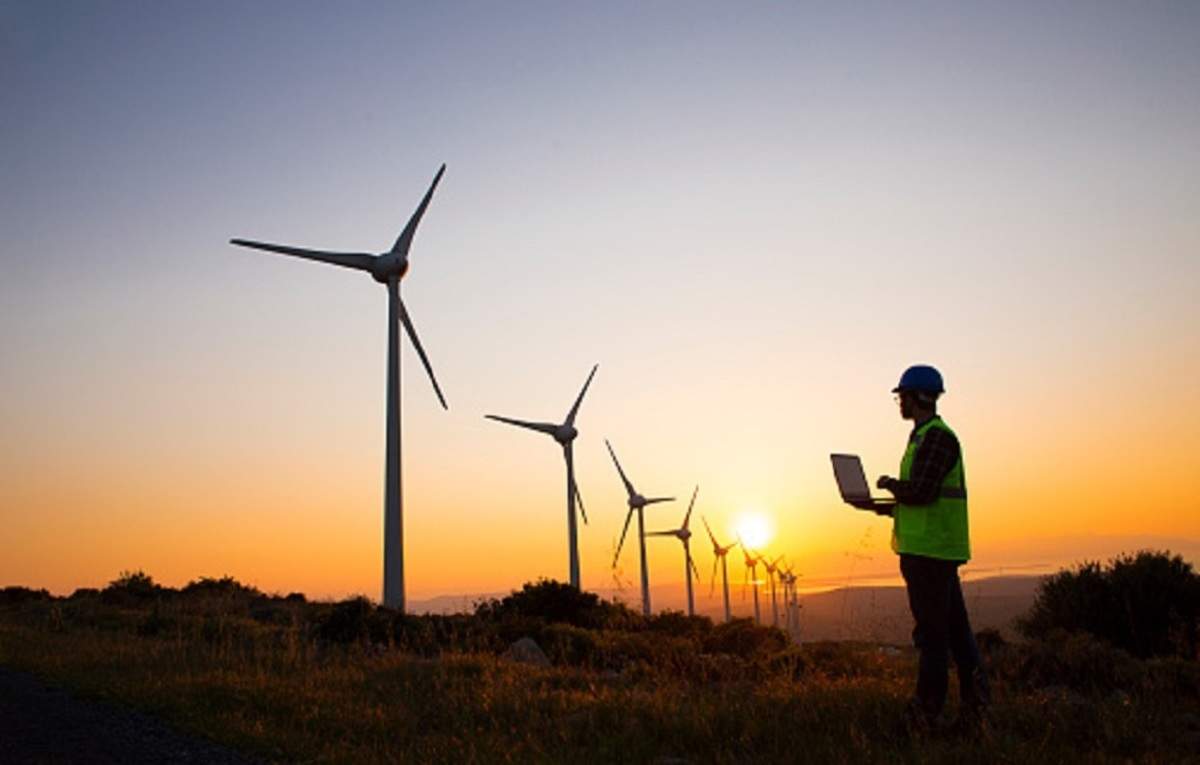
Public Perception
Engaging the public is vital in dispelling misconceptions and garnering support for wind power projects. Educational campaigns highlighting the benefits and addressing concerns contribute to positive public perception.
Educational Initiatives
Educating the next generation about the importance of renewable energy fosters a culture of sustainability. Collaborations between educational institutions and the wind energy industry play a role in shaping future leaders in greentech.
Community Involvement in Projects
Incorporating local communities into the decision-making process and benefits of wind power projects fosters a sense of ownership. Community involvement strengthens the social fabric and ensures the longevity of wind energy initiatives.
Future Prospects and Advancements

Emerging Technologies
The future of wind power holds exciting possibilities with emerging technologies. From airborne wind energy systems to advancements in energy storage, staying at the forefront of innovation is crucial.
Research and Development
Ongoing research and development efforts drive the evolution of wind power. Collaborations between industry, academia, and government entities contribute to breakthroughs that shape the future of greentech.
Global Trends Shaping Wind Power
Understanding global trends in renewable energy provides insights into the trajectory of wind power. From international collaborations to shared best practices, the interconnected nature of the industry propels it forward.
Case Studies

Successful Wind Power Projects in the USA
Examining successful case studies showcases the diverse applications of wind power. From onshore wind farms to offshore installations, each project contributes valuable lessons for future developments.
Lessons Learned and Best Practices
Analyzing past projects reveals valuable lessons and best practices. Implementing these insights ensures the continued success and sustainability of the wind power industry.
The Role of Corporations

Corporate Sustainability
Corporations play a crucial role in driving sustainability. Investing in wind power aligns with corporate social responsibility, contributing to a greener and more sustainable future.
Investments in Wind Power
The financial support from corporations accelerates the growth of the wind energy sector. Partnerships and investments create a win-win situation, benefiting both the corporate entities and the renewable energy landscape.
Corporate Responsibility
Beyond profit, corporate responsibility involves minimizing environmental impact. Embracing wind power reflects a commitment to sustainable practices and a positive contribution to global environmental goals.
Integration with Other Renewable Sources
Synergies with Solar Power
Combining wind and solar power creates a complementary and reliable energy solution. Synergies between these two renewable sources contribute to a more resilient and diverse greentech ecosystem.
Complementary Technologies
Exploring complementary technologies enhances the overall efficiency of renewable energy systems. Integrating wind power with emerging technologies ensures a holistic approach to meeting energy demands.
Holistic Approach to Green Energy
Addressing the growing energy needs requires a holistic approach. Wind power, in synergy with other renewable sources, forms a comprehensive solution to the challenges of energy production and consumption.
Impact on Energy Independence
Reducing Dependence on Non-Renewable Sources
Wind power contributes significantly to reducing dependence on non-renewable energy sources. Diversifying the energy mix enhances energy security and reduces vulnerability to geopolitical factors.
National Security Implications
A robust renewable energy infrastructure, including wind power, has national security implications. Reduced reliance on imported fossil fuels strengthens the nation's resilience in the face of global uncertainties.
Strengthening Energy Resilience
The resilience of the energy grid is enhanced through the integration of wind power. A diverse and decentralized energy system improves resilience to natural disasters and other disruptions.
Conclusion
In conclusion, harvesting the breeze through wind power represents a crucial step towards a greener and more sustainable future for the USA. The journey from early windmills to modern turbines is marked by innovation, challenges, and triumphs. Embracing wind power not only addresses environmental concerns but also propels economic growth, job creation, and energy independence.
FAQs
Q. Is wind power a reliable source of energy?
Ans: Wind power is a reliable and increasingly efficient source of renewable energy. Advances in technology have addressed early challenges, making it a viable option for sustainable power generation.
Q. What role do communities play in wind power projects?
Ans: Community engagement is crucial for the success of wind power projects. Involving local communities in decision-making and sharing benefits fosters support and ensures long-term sustainability.
Q. How does wind power contribute to job creation?
Ans: The wind energy sector creates jobs in manufacturing, installation, maintenance, and various support industries. The growth of wind power is a positive force for employment opportunities.
Q. Are there concerns about the environmental impact of wind power?
Ans: While wind power has substantial environmental benefits, concerns such as visual impact and effects on wildlife exist. Ongoing research focuses on mitigating these concerns without compromising sustainability.
Q. What is the future outlook for wind power in the USA?
Ans: The future of wind power in the USA looks promising with ongoing advancements, emerging technologies, and increased public and corporate support. Continued investment and innovation will drive its growth and impact positively on the nation's energy landscape.

